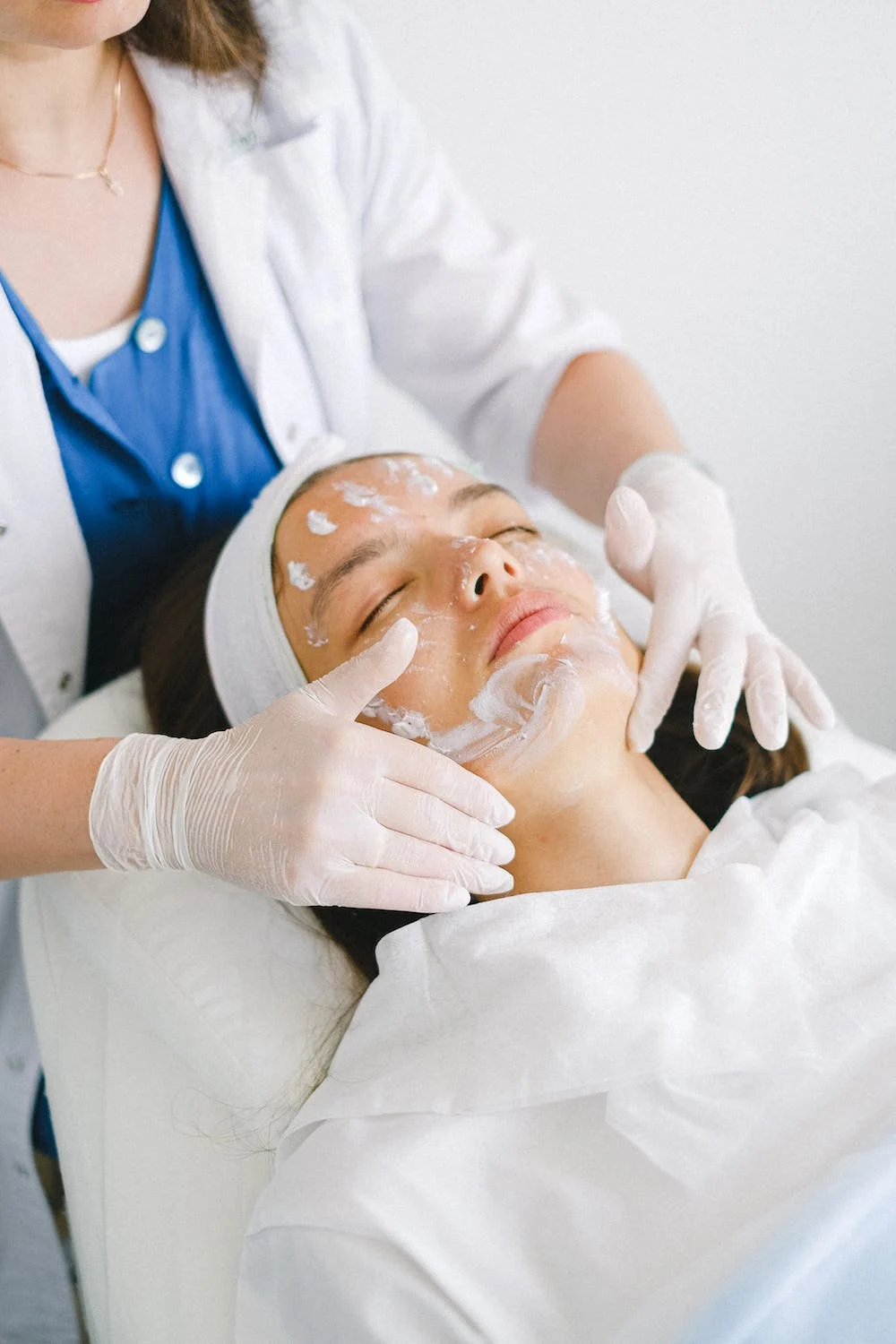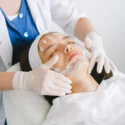
23 Jun The Changing Face of Cosmetic Surgery
Posted at 13:59h
in Surgical Research
This article is for informational purposes only and is not a substitute for professional medical advice, diagnosis or treatment. Contact a qualified medical professional before engaging in any physical activity, or making any changes to your diet, medication or lifestyle,
 Individuality is the buzzword on the current aesthetic medicine scene at a time in which the arrival of the remote working phenomenon has sparked an interest in more facial surgery and procedures delivering a more natural effect. The American Society of Plastic Surgeons (ASPS) has reported that there has been a boom in facial feature surgery such as facelifts, blepharoplasties, and rhinoplasties. What’s more, although breast augmentations, liposuctions, and buttock augmentations continue to be in high demand, the results sought are no longer driven by celebrity trends. Instead, they are firmly focused on results that are in harmony with a patient’s physique. Finally, many clients are completely giving the knife a miss and opting for non- or minimally-invasive treatments that deliver great results. Below are the top trends taking over the sector. You may consider advice from a female plastic surgeon in Houston.
Individuality is the buzzword on the current aesthetic medicine scene at a time in which the arrival of the remote working phenomenon has sparked an interest in more facial surgery and procedures delivering a more natural effect. The American Society of Plastic Surgeons (ASPS) has reported that there has been a boom in facial feature surgery such as facelifts, blepharoplasties, and rhinoplasties. What’s more, although breast augmentations, liposuctions, and buttock augmentations continue to be in high demand, the results sought are no longer driven by celebrity trends. Instead, they are firmly focused on results that are in harmony with a patient’s physique. Finally, many clients are completely giving the knife a miss and opting for non- or minimally-invasive treatments that deliver great results. Below are the top trends taking over the sector. You may consider advice from a female plastic surgeon in Houston.
A Greater Focus on Ethnicity
Social media has made big strides in terms of encouraging and promoting diversity and inclusion. In 2021, for instance, TikTokers sparked a celebration of noses from a wide range of ethnicities. It was a signpost for a world that is celebrating ethnic differences instead of trying to create cookie-cutter beauty ideals. As stated by the ASPS, patients are still opting for rhinoplasties, but they are asking for procedures such as “fixing a crooked nose, removing humps, and targeting asymmetry,” while maintaining their ethnic identity. In Asia, however, procedures such as double eyelid blepharoplasty (which creates a crease in the upper eyelid) are still highly solicited. Indeed, eyelid surgery is the third most common procedure requested by Asian Americans. The latter are additionally choosing procedures that deliver a smaller nose, higher nose bridge, and fuller forehead—which are characteristics of Western appearances.
Functional Surgery
There are a greater number of options on the current scene for patients wishing to eliminate aesthetic and functional concerns. They are visiting their doctors and asking for vaginal rejuvenation advice, for instance, either because they are concerned about laxity or because factors such as excess skin make sports like cycling uncomfortable. Of course, this is also a 24/7 Instagram age, and women who are interested in vaginoplasty or laser rejuvenation are often just as interested in sporting a smooth bikini look as they are in improving their sexual wellbeing. Fortunately, there are a host of options for all these goals, some of which can be achieved through laser alone, and others of which require the patient to go under the knife.
Natural, Individual Looks Predominate
As mentioned in the introduction, patients are increasingly seeking to modify their face and/or body in line with their existing frame. For instance, although breast augmentations are still popular, patients are asking for smaller implants, or for those that suit their body shape. The same goes for BBLs, which used to involve implant sizes that were often large in comparison with body frames. Today, it’s all about using surgery to enhance features and add volume in a way that looks like it always existed or was achieved through exercise.
The cosmetic surgery landscape is evolving, and it is focusing heavily on diversity, individuality, and natural results. Functional concerns, like vaginal rejuvenation, are being given as much importance as aesthetic ones. Patients are seeking to look and feel better, and practice their chosen sports with greater comfort and zero pain. They are also turning to plastic surgeons to improve sexual wellbeing, through surgical and non-surgical means.
The information on MedicalResearch.com is provided for educational purposes only, and is in no way intended to diagnose, cure, or treat any medical or other condition. Always seek the advice of your physician or other qualified health and ask your doctor any questions you may have regarding a medical condition. In addition to all other limitations and disclaimers in this agreement, service provider and its third party providers disclaim any liability or loss in connection with the content provided on this website.
The information on MedicalResearch.com is provided for educational purposes only, and is in no way intended to diagnose, cure, or treat any medical or other condition. Always seek the advice of your physician or other qualified health and ask your doctor any questions you may have regarding a medical condition. In addition to all other limitations and disclaimers in this agreement, service provider and its third party providers disclaim any liability or loss in connection with the content provided on this website.
Last Updated on September 6, 2024 by Marie Benz MD FAAD
